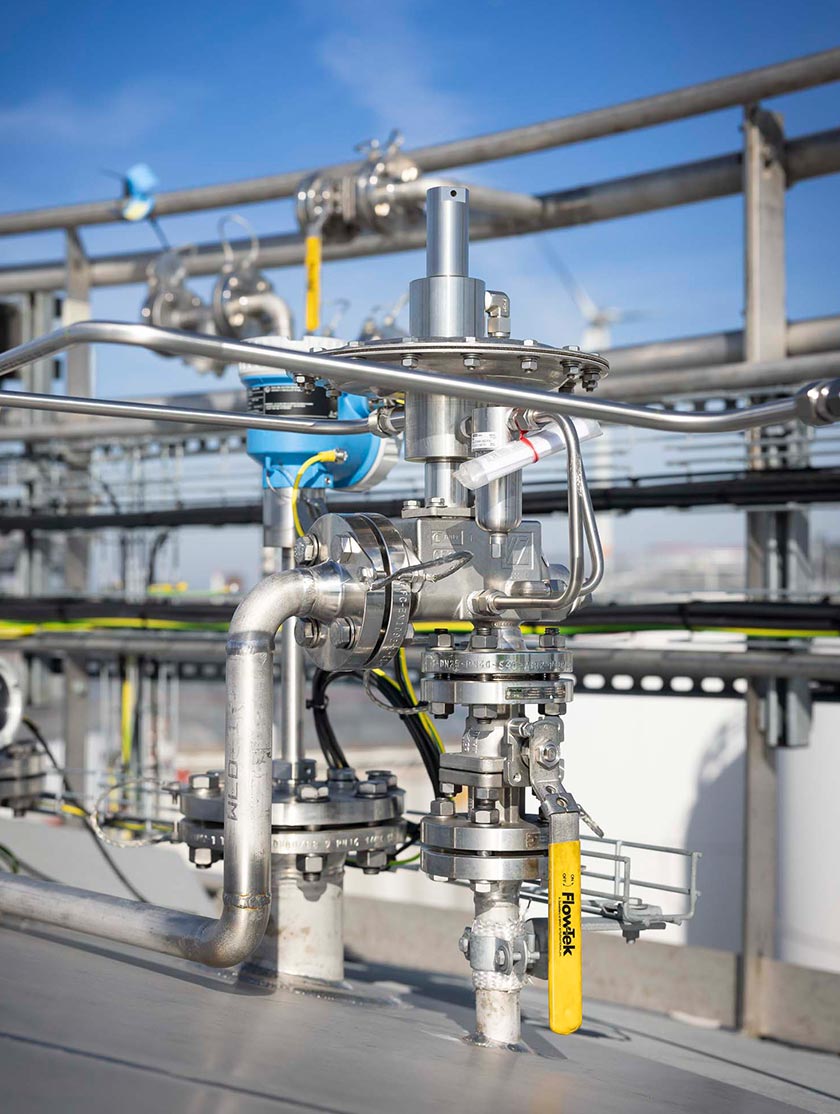Exploring the Causes of Pressure Reducing Regulator Failure
Pressure regulators are crucial devices used to control and maintain consistent pressure levels of liquids or gases in various industrial systems. Like any mechanical component, however, they are susceptible to failures, which can lead to significant system issues. In this article, we explore the most common causes of pressure regulator failure and provide insights into preventing them.
Most Common Causes of Pressure Regulator Failure
- Lack of Regular Maintenance:
Pressure regulators consist of numerous moving parts and internal components that require routine inspection and lubrication. Neglecting regular maintenance can lead to wear and tear, eventually causing cracks, leaks, or complete failure of internal components.
- Accumulation of Dirt and Debris:
If the system isn’t regularly cleaned or flushed, dirt and debris can accumulate and cause blockages. Such blockages disrupt the regulator's performance, damage internal parts, and ultimately lead to operational failures.
- Improper Installation or Selection:
Incorrect installation or selecting the wrong regulator type can severely impact functionality. Factors such as flow rate, temperature, and operating pressure must be carefully considered. Operating outside intended parameters or incorrect installations—like installing a regulator upside down—can rupture diaphragms and cause sudden pressure spikes, leading to regulator failure.
- Corrosion:
Exposure to corrosive conditions, including high humidity or chemical fumes, can cause internal components to rust or degrade. Corrosion weakens components, causing leaks and eventual failure. To prevent this, regulators should be made from materials specifically chosen to withstand the environmental conditions of their intended application.
How to Prevent Pressure Regulator Failures
To extend the life of pressure regulators and prevent costly failures, the following best practices should be implemented:
- Regular Maintenance: Schedule routine inspections, lubrication, and replacement of worn-out parts to keep regulators in optimal condition.
- Proper Cleaning: Regularly flush and clean the system to remove debris and prevent blockages.
- Correct Installation and Selection: Ensure regulators are properly installed and correctly matched to the application’s requirements, including flow rate, pressure, and temperature specifications.
- Corrosion-Resistant Materials: Select regulators built from corrosion-resistant materials suited for the specific environment and conditions in which they'll operate.
Conclusion
Pressure regulator failure can occur due to several factors, including poor maintenance, contamination, improper installation, and corrosion. Taking preventive measures—such as regular inspections, correct selection and installation, and choosing suitable materials—can greatly enhance regulator reliability, improve system safety, and reduce operational costs.
For more information about Cashco's versatile Pressure Reducing Regulators, view all models here .
Cashco's priority is to make sure you select the right product for your application. Need help choosing the right regulator? Contact us and our team will be happy to help you find the right product!



